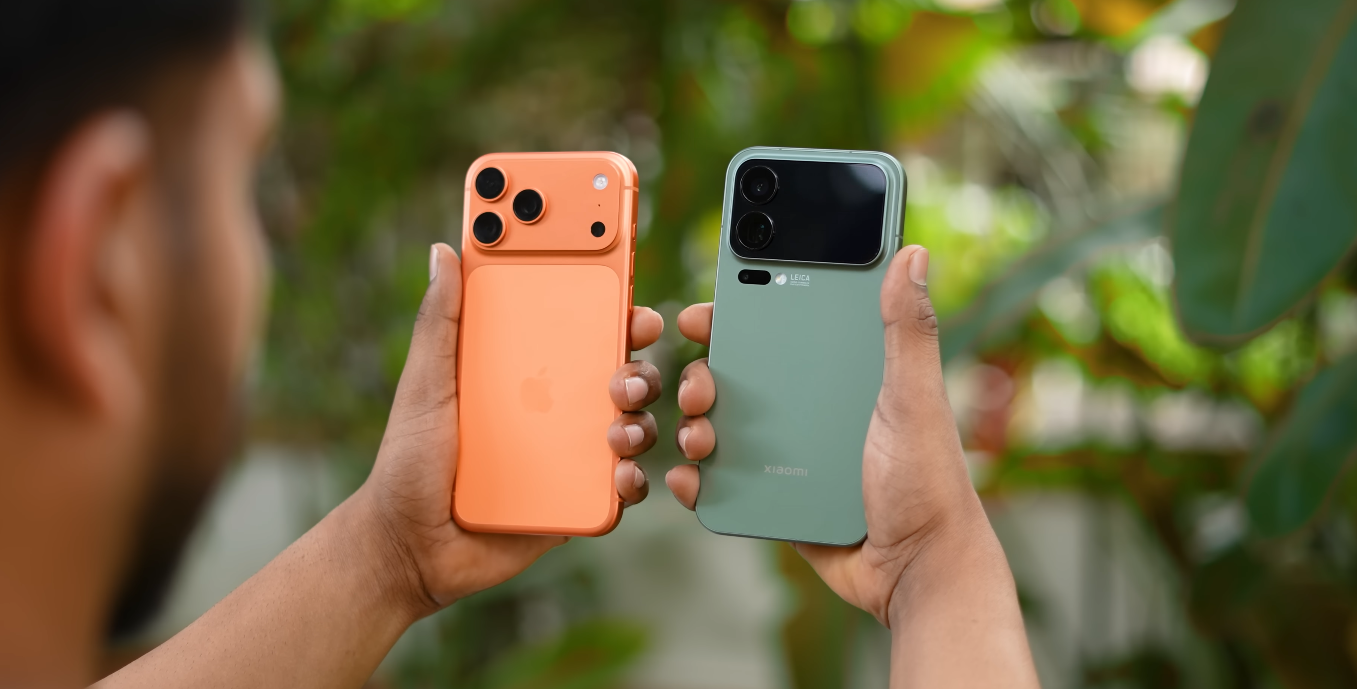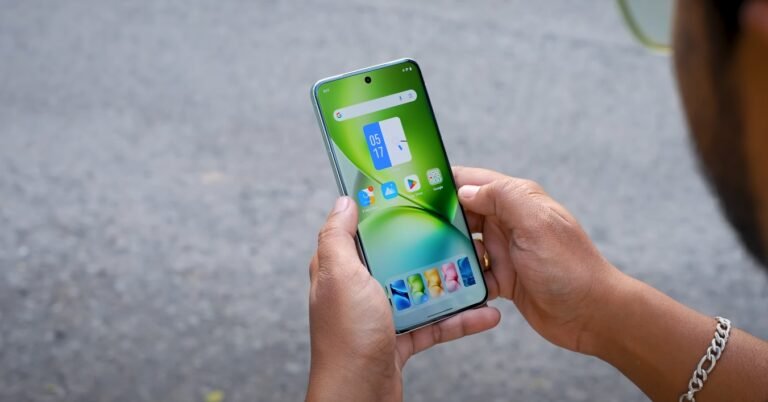Xiaomi 17 Pro Max vs iPhone 16 Pro Max: Next-Gen Flagship Comparison

Two flagships, two philosophies: Android versus Apple in 2025
When you line up the Xiaomi 17 Pro Max and the iPhone 16 Pro Max, you’re looking at two of the most capable smartphones available — but they aim at slightly different users and experiences. Here’s a breakdown that helps UK buyers decide which flagship might be the better pick.
Firstly, display and design. The iPhone 16 Pro Max offers a 6.9-inch Super Retina XDR OLED display with adaptive refresh up to 120Hz, Always-On support, and premium build quality in Apple’s titanium/metal framing. On the Xiaomi side, the 17 Pro Max features a 6.9-inch LTPO AMOLED panel also at 120Hz, with very high peak brightness (~3,500 nits) and a unique twist: a secondary “Dynamic Back Display” on the rear of the phone. This extra screen can be used for notifications, selfies or widgets. The Xiaomi is slightly lighter (≈219g) compared to the iPhone (≈227g) and brings a more experimental design feature set.
Performance is superb on both. The iPhone 16 Pro Max runs Apple’s A18 Pro (or its generation equivalent) with deep optimisation of hardware and software which often yields excellent real-world battery and performance. The Xiaomi 17 Pro Max uses Qualcomm’s Snapdragon 8 Elite Gen 5 (3nm) + up to 16GB RAM + UFS 4.x storage, giving massive headroom for multitasking and future-proofing. If you want raw Android performance and flexibility, Xiaomi has the edge; if you want seamless integration, ecosystem and long-term support, Apple wins.

Camera systems represent another major decision point. The iPhone has a refined triple-camera array with optical zoom, strong video recording support and premium ecosystem advantages (editing, accessories, apps). The Xiaomi packs a triple 50MP setup (main + ultra-wide + periscope telephoto) tuned with Leica, giving it hardware advantages in resolution and zoom aperture (especially the telephoto lens). For photo enthusiasts who prioritise hardware specs, Xiaomi is compelling; for users who prioritise workflow, reliability and video, the iPhone is likely stronger.
Battery and charging show a clear contrast in approach. Xiaomi’s 17 Pro Max features a large 7,500 mAh battery (reported) and supports fast charging e.g., 100W wired + 50W wireless. Apple doesn’t publish as large a capacity number, but the iPhone 16 Pro Max delivers strong endurance through optimisation and supports MagSafe wireless and fast charging. If you frequently top up or demand maximum battery endurance and charging speed, Xiaomi has an advantage; if your everyday use prioritises consistency and reliability, the iPhone remains a safe bet.
Software and ecosystem also matter heavily for UK users. Choosing the iPhone means access to iOS, tight integration with Apple Watch, AirPods, Apple services and excellent resale value. Choosing the Xiaomi means HyperOS (Android-based), strong customisation, hardware innovation (e.g., secondary display), and better value for spec. That said, Apple typically has longer major OS update support and better trade-in/resale value in the UK market.
Price and value differ too. Leaks suggest the Xiaomi 17 Pro Max may launch around £1,200 or slightly more in the UK for base variants, making it competitive given its hardware. The iPhone 16 Pro Max started around £1,199 and higher for larger storage variants. So you’re paying a similar premium price, but the value per spec may lean toward Xiaomi, while the iPhone’s value lies in its ecosystem and brand.
In conclusion, if you’re a user who demands the absolute best specs, big battery, the latest hardware innovations and prefer Android, the Xiaomi 17 Pro Max is very attractive. If you value a mature ecosystem, long-term updates, smooth user experience and premium service/support in the UK, the iPhone 16 Pro Max remains a top pick. Your decision should come down to which features you’ll use most, and how much you value hardware over ecosystem (or vice versa).





